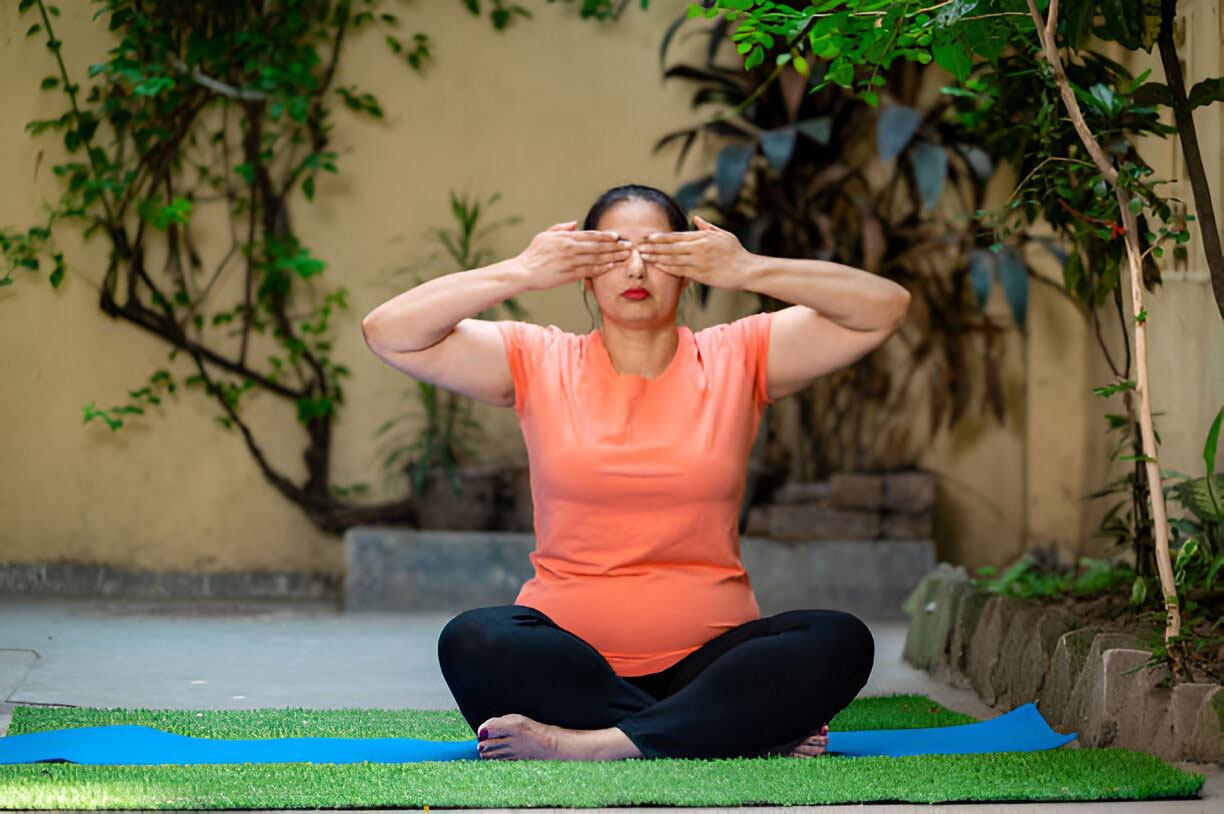Yoga for Eyes to Remove Glasses: A Natural Approach to Better Vision
In today’s digital age, the prevalence of vision problems has skyrocketed. More people than ever rely on glasses or contact lenses to correct their vision. But is there a way to naturally improve eyesight and potentially remove the need for glasses? Yoga for eyes, a set of exercises specifically designed to strengthen eye muscles, may offer a solution.
Understanding the Eye’s Structure
Before diving into the exercises, it’s essential to understand the basic structure of the eye. The human eye functions like a camera, with various parts working together to focus light and create clear images.
- Cornea: The clear front surface that focuses incoming light.
- Lens: A flexible, transparent structure that further refines focus.
- Retina: The light-sensitive layer at the back that captures images.
- Optic Nerve: Transmits visual information to the brain.
When the eye’s muscles weaken or the lens loses its flexibility, vision problems occur. Myopia (nearsightedness) and hyperopia (farsightedness) are common results of these issues.
The Science Behind Yoga for Eyes
Yoga for eyes is a series of exercises aimed at improving eye health by strengthening the muscles around the eyes. Just as physical yoga strengthens the body, eye yoga focuses on the muscles that control eye movement and focus.
Key Benefits of Eye Yoga
- Reduces Eye Strain: Regular practice alleviates discomfort from prolonged screen time.
- Improves Focus: Enhances the eye’s ability to focus on distant and near objects.
- Promotes Relaxation: Helps relax the eye muscles, reducing tension and stress.
- Enhances Circulation: Increases blood flow to the eyes, providing essential nutrients.
Effective Yoga Exercises for Eye Health
Below are some of the most effective yoga exercises for improving eye health. Consistent practice can strengthen the eye muscles and potentially reduce reliance on glasses.
1. Palming
How to Perform:
- Sit comfortably with your eyes closed.
- Rub your palms together until warm.
- Gently cup your palms over your closed eyes.
- Breathe deeply and relax for 2-3 minutes.
Benefits: Palming soothes the eyes, reducing strain and promoting relaxation.
2. Blinking Exercise
How to Perform:
- Sit comfortably and keep your eyes open.
- Blink rapidly for 10 seconds.
- Close your eyes and relax for 20 seconds.
- Repeat the cycle 5 times.
Benefits: Blinking exercises lubricate the eyes and reduce dryness, a common issue for screen users.
3. Focus Shifting
How to Perform:
- Hold a pen at arm’s length, directly in front of your eyes.
- Focus on the tip of the pen.
- Slowly move the pen towards your nose, maintaining focus.
- Move the pen back to the original position.
- Repeat 10 times.
Benefits: This exercise improves the flexibility of the eye’s lens, enhancing focus on near and far objects.
4. Near and Distant Viewing
How to Perform:
- Sit by a window with a clear view of a distant object.
- Focus on the tip of your nose for 5 seconds.
- Shift your focus to a distant object outside the window for 5 seconds.
- Repeat the process 10 times.
Benefits: This exercise strengthens the ciliary muscles, improving focus and reducing eye strain.
5. Eye Rolling
How to Perform:
- Sit comfortably with your eyes open.
- Slowly roll your eyes in a circular motion, first clockwise, then counterclockwise.
- Complete 5 rotations in each direction.
- Blink rapidly to relax.
Benefits: Eye rolling increases flexibility and strengthens the eye muscles.
6. The Figure of Eight
How to Perform:
- Imagine a giant figure eight about 10 feet in front of you.
- Slowly trace the figure with your eyes.
- Reverse the direction after 5 rotations.
- Repeat the exercise twice.
Benefits: This exercise enhances control over eye movements, improving overall eye coordination.
7. Zooming Exercise
How to Perform:
- Hold your thumb at arm’s length.
- Focus on your thumb as you slowly move it closer to your face.
- Move your thumb back to the original position while maintaining focus.
- Repeat 10 times.
Benefits: Zooming helps improve focus and strengthens the eye’s focusing muscles.
Incorporating Yoga for Eyes into Your Daily Routine
Consistency is key to seeing results from eye yoga exercises. Here’s how you can easily incorporate them into your daily routine:
- Morning Routine: Start your day with a few minutes of palming and eye rolling.
- Breaks at Work: Take short breaks during work to perform blinking exercises and focus shifting.
- Evening Relaxation: End your day with palming and the figure of eight exercise to relax your eyes.
Dietary Considerations for Eye Health
In addition to yoga exercises, diet plays a crucial role in maintaining healthy eyes. Nutrients like vitamin A, C, and E, along with omega-3 fatty acids, are essential for good vision.
Foods to Include:
- Carrots: Rich in beta-carotene, which converts to vitamin A.
- Spinach: Packed with lutein and zeaxanthin, protecting the eyes from harmful light.
- Fish: High in omega-3 fatty acids, essential for maintaining eye moisture.
- Citrus Fruits: Excellent sources of vitamin C, supporting eye health.
Can Yoga for Eyes Remove Glasses Completely?
While yoga for eyes can significantly improve eye health and reduce strain, it’s essential to set realistic expectations. For some, consistent practice may lead to noticeable improvements, potentially reducing the need for glasses. However, complete removal of glasses may not be possible for everyone, especially those with severe vision problems.
Tips for Maximizing the Benefits
To get the most out of your eye yoga practice, consider the following tips:
- Consistency: Practice daily for the best results.
- Proper Lighting: Ensure good lighting during exercises to reduce strain.
- Avoid Overexertion: Don’t push your eyes too hard; rest when needed.
- Consult an Eye Specialist: Regular check-ups are essential to monitor progress.
Conclusion
Yoga for eyes offers a natural, non-invasive way to improve vision and potentially reduce the need for glasses. By incorporating these exercises into your daily routine, along with a healthy diet, you can support better eye health and enhance your overall well-being. While it may not guarantee the complete removal of glasses, it certainly provides a beneficial alternative for maintaining and improving vision.







